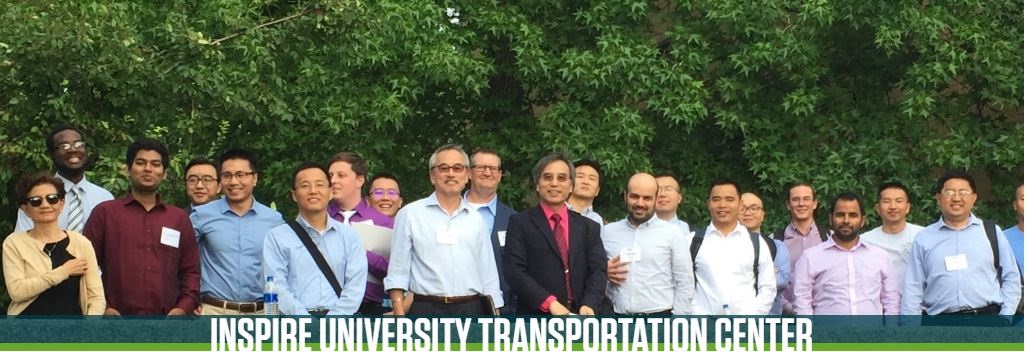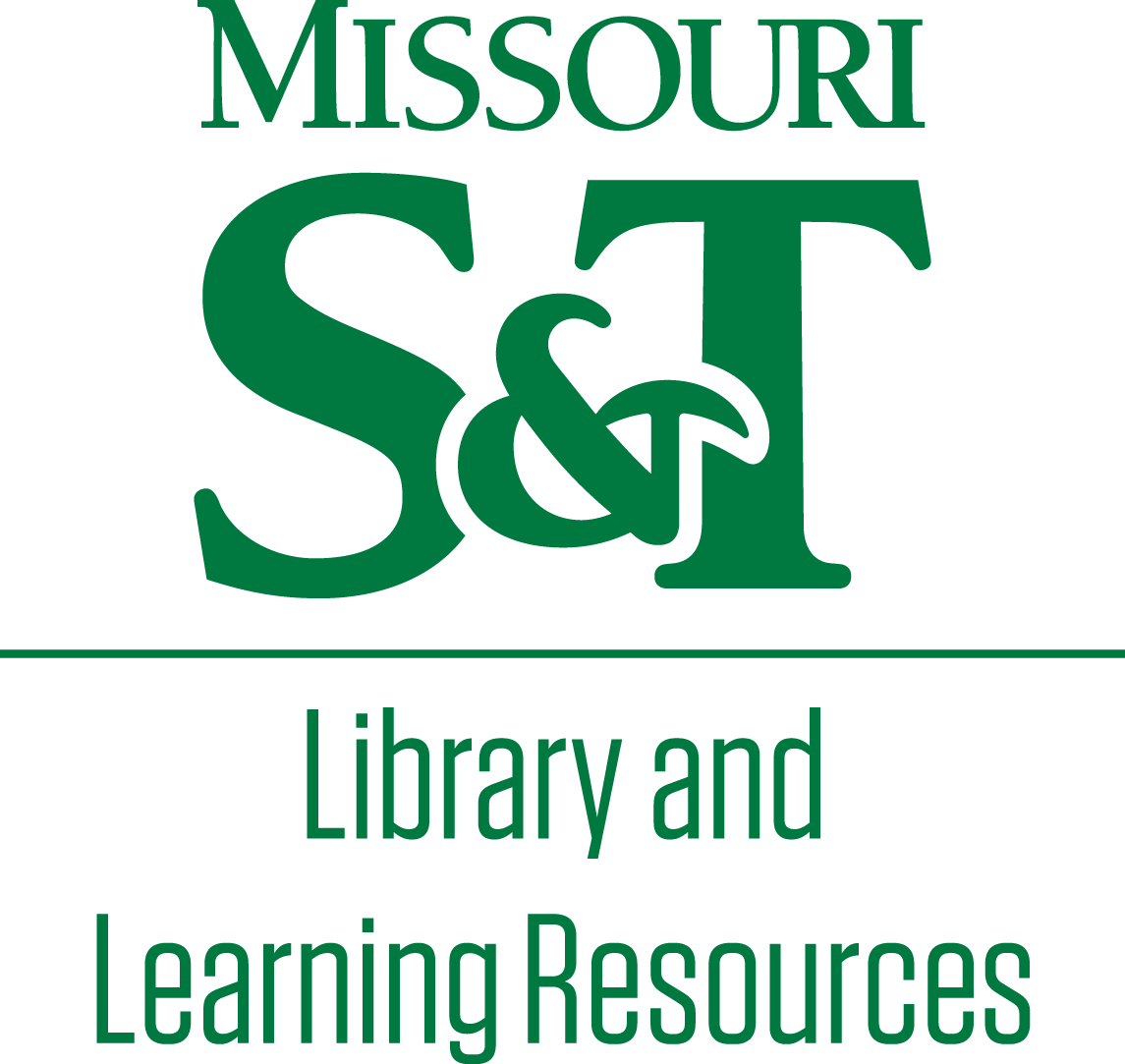Description
Bridges and other large pieces of infrastructure accumulate massive amounts of dirt, dust, and other particulates that can obscure the structure when scanning to discern structural integrity. Traditionally, these particulates have been removed by humans operating handheld compressed-air hoses, often while mounting ladders -- a risky and inefficient task. To improve infrastructure scanning, unmanned aerial vehicles (UAV) equipped with hoses could be used to clean the structure in place of the current method.
The challenge in equipping a UAV with a hose is compensating for the reaction forces and torques produced by fluids expelled by the hose. In order to counteract these reaction forces and torques, the process should be carefully modeled and incorporated in the controller architecture.
Presentation Date
14 Aug 2018, 10:00 am - 5:00 pm
Meeting Name
INSPIRE-UTC 2018 Annual Meeting
Department(s)
Civil, Architectural and Environmental Engineering
Document Type
Poster
Document Version
Final Version
File Type
text
Language(s)
English
Included in
Modeling Hose Dynamics for Unmanned Aerial Vehicles
Bridges and other large pieces of infrastructure accumulate massive amounts of dirt, dust, and other particulates that can obscure the structure when scanning to discern structural integrity. Traditionally, these particulates have been removed by humans operating handheld compressed-air hoses, often while mounting ladders -- a risky and inefficient task. To improve infrastructure scanning, unmanned aerial vehicles (UAV) equipped with hoses could be used to clean the structure in place of the current method.
The challenge in equipping a UAV with a hose is compensating for the reaction forces and torques produced by fluids expelled by the hose. In order to counteract these reaction forces and torques, the process should be carefully modeled and incorporated in the controller architecture.




Comments
Thank you to the US Department of Transportation for funding and to the INSPIRE research center for spurring and organizing this interdisciplinary collaboration.